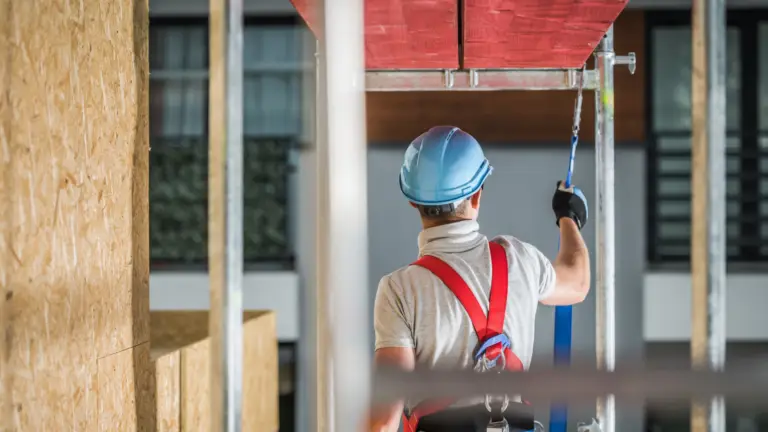The drainage system is an essential part of any construction, whether it’s a residence, a commercial building, or civil infrastructure. Its primary function is to efficiently and safely divert and remove rainwater, wastewater, or groundwater to prevent damage to the structure and ensure a habitable and safe environment. In this article, we will explore the fundamentals of drainage in construction and pipe design.
To view AH Construction’s projects click HERE
Importance of Drainage in Construction:
- Structure Protection: Proper drainage prevents the accumulation of water around or beneath a structure, avoiding damage to foundations, basements, and overall structures.
- Flood Prevention: Drainage systems help prevent flooding by redirecting excess water away from critical areas such as roads, streets, and properties.
- Sanitation: An efficient drainage system prevents the buildup of wastewater, thereby reducing the risk of waterborne diseases and improving groundwater quality.
Key Elements of the Drainage System:
- Drainage Pipes: Pipes form the backbone of any drainage system. They must be durable, corrosion-resistant, and of an appropriate size to handle the intended water flow.
- Drainage Trenches: Trenches or channels are inclined surfaces that collect and direct water towards drainage pipes. They can be surface or subsurface, depending on site conditions and needs.
- Filtration Systems: To prevent pipe clogging, filtration systems are commonly used to capture solid particles and prevent them from entering the drainage system.
- Sumps and Water Traps: These devices are used to collect and remove rainwater or wastewater from specific areas, such as basements or paved surfaces.
Pipe Design for Drainage:
- Material Selection: Drainage pipes can be made of materials such as PVC, HDPE, concrete, or metal, depending on the application and soil conditions.
- Pipe Diameter: The pipe diameter must be carefully calculated to handle the anticipated water flow. Incorrect calculations can lead to blockages and overflow.
- Pipe Slope: Pipes must have an appropriate slope to allow water to flow naturally towards the outlet. The slope depends on the pipe diameter and the water volume.
- Connections and Fittings: Joints and fittings must be watertight and durable to prevent leaks and obstructions.
Environmental Considerations:
- Stormwater Management: In many areas, implementing stormwater management systems is mandatory to reduce runoff and minimize environmental impact.
- Wastewater Treatment: In areas without public sewer systems, it is important to consider suitable wastewater treatment systems to maintain water quality.
Maintenance:
An efficient drainage system requires regular maintenance, including pipe cleaning, inspection of water traps and sumps, and repairing any damage or blockages.Drainage in construction and pipe design are crucial elements to ensure the integrity of a structure and the safety of the surrounding environment. Proper focus on planning, design, and maintenance of the drainage system is essential to prevent severe and costly problems in the future. By understanding the basic principles of drainage and pipes, construction professionals can ensure successful and sustainable projects.
To view AH Construction’s projects click HERE




